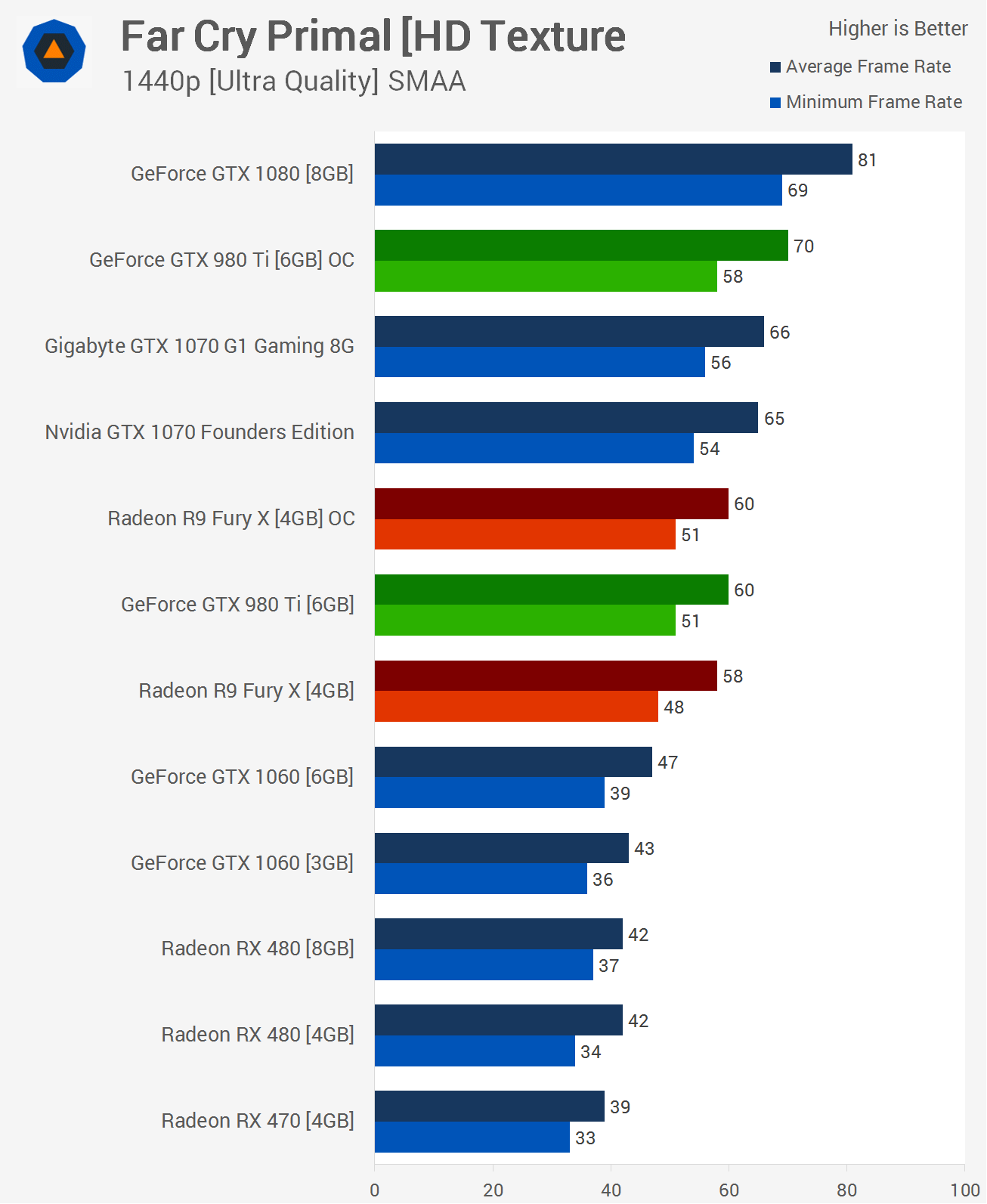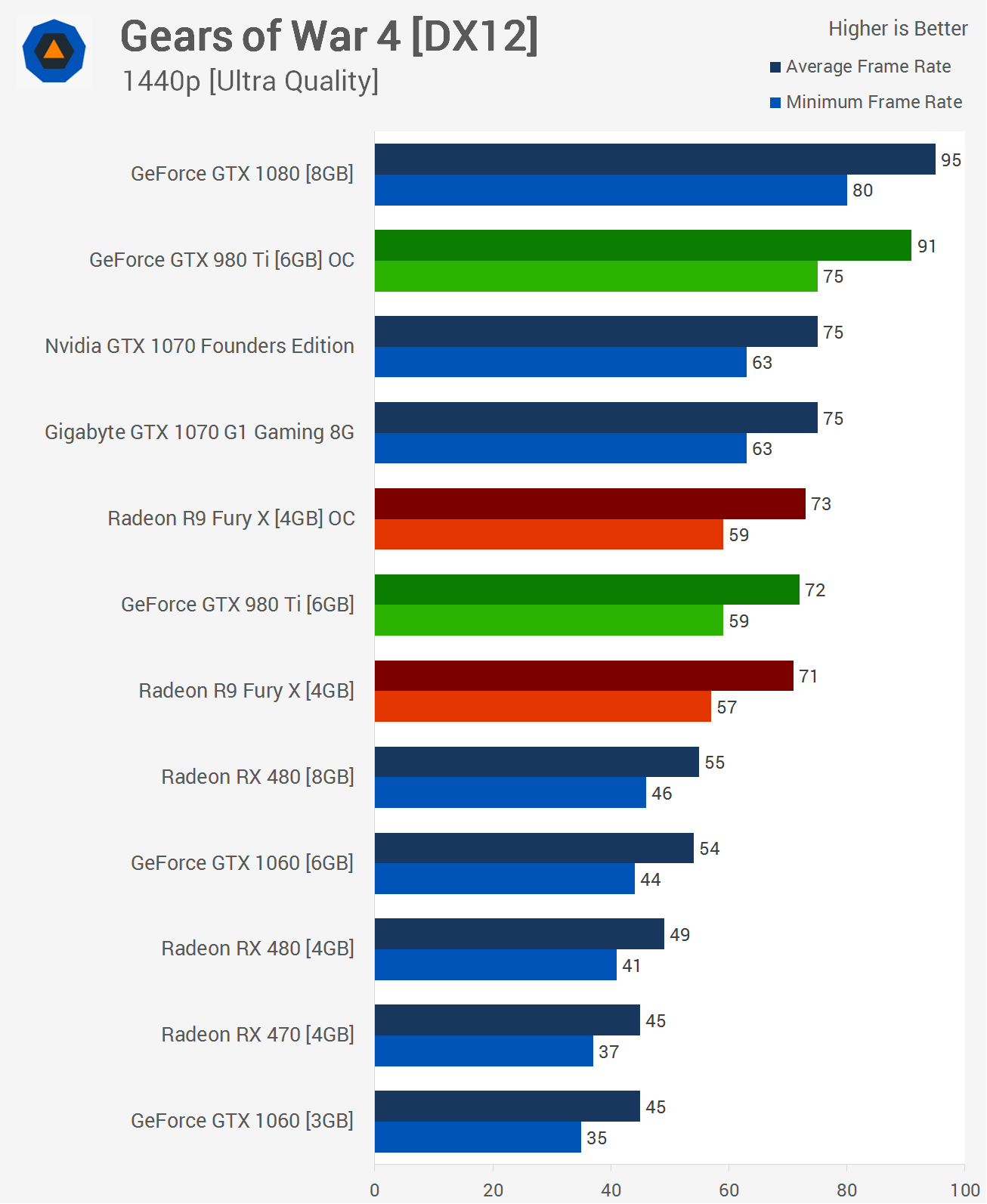Back in their heyday of mid-2015, the GeForce GTX 980 Ti and Radeon R9 Fury X were highly desirable graphics cards. Though they were quite similar performance-wise, the GTX 980 Ti was the more recommended card because it had a slight performance advantage yet consumed less power. The Fury X was nonetheless a marvel of engineering and will go down as one of history's most exciting and interesting graphics cards, even if the sales don't reflect that.
As we have come to learn, however, the pricing can change quickly in the tech industry and it's always the price that makes or breaks a graphics card. What's initially seen as a bad buy can quickly become the new must-have and in the case of AMD's Fury X, its launch MSRP of $650 in 2015 was a hard sell with Nvidia's Maxwell architecture hitting full stride and offering a competing card at the same exact price.

Today, the Fury X can be found through major online sellers such as Amazon for $300 to $400, while the GTX 980 Ti isn't on sale anymore given that it was effectively replaced by the GTX 1070 back in June 2016.
Sellers such as Newegg have refurbished stock but they are priced above the GTX 1070s --- obviously not worth buying. That said, second-hand deals can be found for around $300 and at that price the 980 Ti might start to become a worthwhile investment.
On hand for testing I only have a reference model GTX 980 Ti but that's fine because the Fury X exclusively used AMD's design and didn't come factory overclocked. I manually overclocked both graphics cards to find out what their full potential is for gaming today.
By default, the 980 Ti runs at a base clock of 1GHz with a maximum boost clock of 1.2GHz and a memory speed of 1.75GHz. Overclocked, I was able to push the core to a base clock speed of 1.25GHz, resulting in a boost clock of 1.48GHz. The memory also reached 2GHz for a transfer rate of 8Gbps. All told, that's a 25% overclock for the core and a 14% boost for the memory.
I tried a few different tricks on the Fury X but it only went as high as 1150MHz for the core and 525MHz for the memory, a 10% core overclock and 5% for the memory.
With that, let's move on to the benchmarks to see where these previous-generation titans fit into today's landscape and whether they are worth buying at their lower prices.
Benchmarks: Far Cry Primal, Call of Duty, Gears of War 4

First up we have Far Cry Primal and here we previously found that the Fury X was good for an average of 58fps at 1440p using the ultra quality settings. Overclocked, the Fury X pushed the average framerate to 60fps, a mere 3% performance bump though the average was improved by twice that figure.
Out of the box, the reference 980 Ti matched the overclocked Fury X with a 60fps average and a 51fps minimum, so that's quite competitive. It also meant that the GTX 980 Ti was just 8% slower than the GTX 1070 Founders Edition graphics card.
However the 980 Ti has quite a bit left in the tank and through overclocking we are able to tap into that. Our overclock boosted the average frame rate by 17%, allowing for 70fps with a 58fps minimum. This made the reference 980 Ti faster than the factory overclocked Gigabyte GTX 1070 G1 Gaming graphics card by a 6% margin.

The Fury X wasn't a great deal slower than the GTX 1070 Founders Edition graphics card in Call of Duty: Infinite Warfare, though overclocking only boosted performance by 3% to come within a frame of the Founders Edition graphics card. Still, when compared to the GTX 980 Ti in this title the Fury X is 6% faster at the stock operating clock speeds.
While perhaps not as fast as our custom overclock we found that it's possible to squeeze another 17% out of the GTX 980 Ti, taking the average frame rate to 83fps, or 8% faster than the overclocked Fury X configuration and 4% faster than Gigabyte GTX 1070 G1 Gaming model.

The Gears of War 4 results are shocking – I was so surprised that I ran the stock and overclocked GTX 980 Ti configurations multiple times. At the stock clock speeds, the GTX 980 Ti matched the Fury X with similar performance making them both slightly slower than the GTX 1070 G1 Gaming.
However, once overclocked, the GTX 980 Ti somehow finds 26% more performance in this title boosting the average frame rate to 91fps. That huge performance gain meant that the GTX 980 Ti was not only now much faster than the Fury X and factory overclocked GTX 1070, but it wasn't a great deal slower than the GTX 1080.


